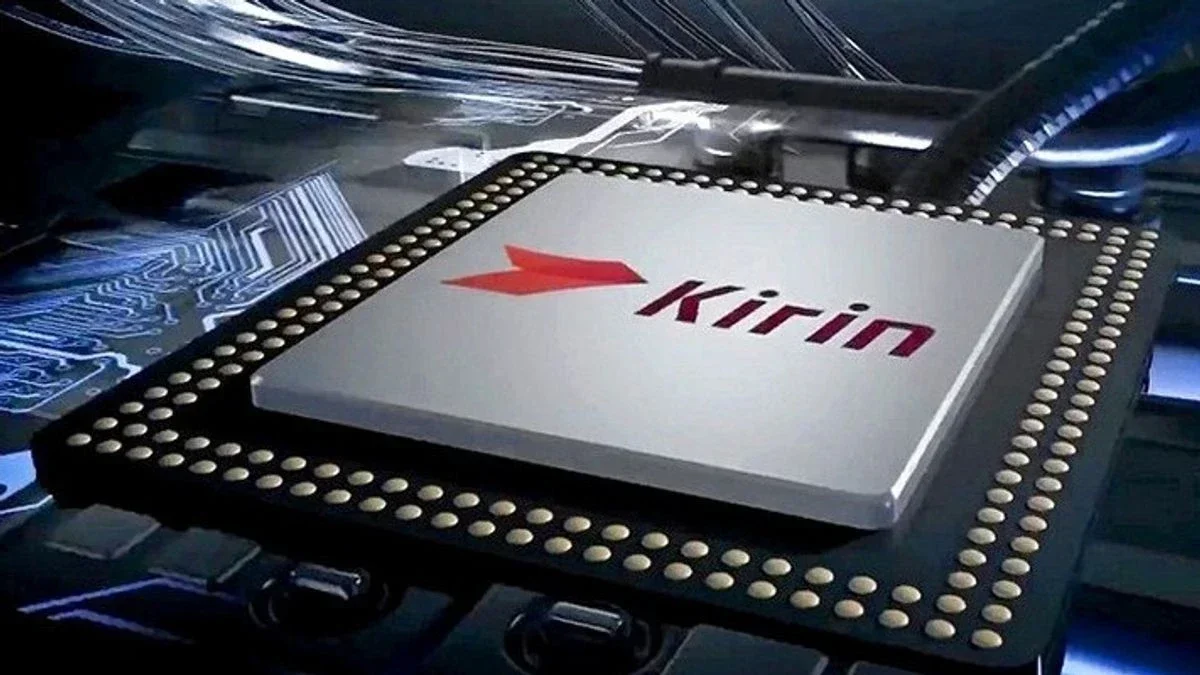Last year, the
iPhone 15 Pro and
iPhone 15 Pro Max were the first smartphones to be powered by an application processor (AP) made using the 3nm process node. No other smartphones other than the
iPhone 16 Pro and
iPhone 16 Pro Max will sport a 3nm AP until the Snapdragon 8 Gen 4 (rumored to have a new Snapdragon Elite name) is used in a new Xiaomi phone to be released next month. Huawei currently offers a couple of flagship phones that are both using 7nm processors two generations old: the Mate 60 (2023) and the Pura 70 line (2024).
The use of the 7nm Kirin 9000s 5G chip in the Mate 60 series last year was considered a middle-finger response to the U.S.
That
Huawei was able to produce its own 5G chip for the Mate 60 series last year was considered amazing. That’s because U.S. export rules since 2020 were designed to prevent the manufacturer from obtaining chips made by foundries using U.S. technology. This forced Huawei to use Qualcomm Snapdragon SoCs for the Mate 50 and P 50 and 60 lines that were tweaked so they wouldn’t work with 5G networks.
When Huawei shocked the wireless world with the homegrown Kirin 9000s 5G AP powering the Mate 60 line, critics predicted that this would be as cutting-edge as Huawei gets. Chinese foundries don’t have access to extreme ultraviolet lithography (EUV) machines which etch circuitry patterns on silicon wafers. As a result, even the country’s largest foundry, SMIC, was limited to using its 7nm node for the new Kirin chipset. SMIC, could only use its older deep ultraviolet lithography (DUV) machines that are known to top out at producing chips with a 7nm node.
There is but one company that manufactures extreme ultraviolet lithography machines and that is Dutch firm ASML and the Dutch government in coordination with the U.S. has prohibited ASML from shipping EUV units to China. But that hasn’t stopped speculation about the processor that Huawei will use with the upcoming Mate 70 flagship series. Earlier this year, and even into the summer,
there was talk about Huawei having access to a 5nm AP for the last of its two 2024 flagship series.
Technically, this could be achieved with a DUV making multiple impressions to the silicon wafer although this would be a very expensive and imprecise process. A new report says that the Mate 70 line is getting full backing from the Chinese government. This report adds that
SMIC is even willing to forgo some profits to produce an improved chip for the Mate 70 line and this points to the use of 5nm Kirin silicon for the series which would move Huawei a bit closer to the second-gen 3nm process node being used by TSMC to build the Snapdragon 8 Gen 4.
How the U.S. might respond if the Mate 70 is powered by a 5nm 5G AP
Leaker Digital Chat Station, who might have one of the best records among Weibo leakers, posted on the Chinese social media platform that “the energy efficiency of the new processor is greatly improved” (based on machine translation).
This points to the use of a 5nm SoC for the Mate 70 line.
Back when the U.S. first changed the export rule preventing Huawei from obtaining 5G chips, Huawei had just packed 2020’s Mate 40 series with the 5nm Kirin 9000 5G AP built by TSMC. At one time, Huawei was TSMC’s second-largest customer after Huawei. The U.S. might have thought that its sanctions were the end of Huawei but the company has managed to fight back.
Huawei and SMIC are taking a risk here. If a 5nm chipset is announced for the Mate 70 line, U.S. lawmakers will drum up new restrictions against the pair. While it probably is well worth the risk of lower profits that SMIC faces by using DUV to produce a 5nm chipset for Huawei, the question is whether SMIC and Huawei can withstand a scorched earth round of sanctions that might be aimed at them by U.S. lawmakers.
